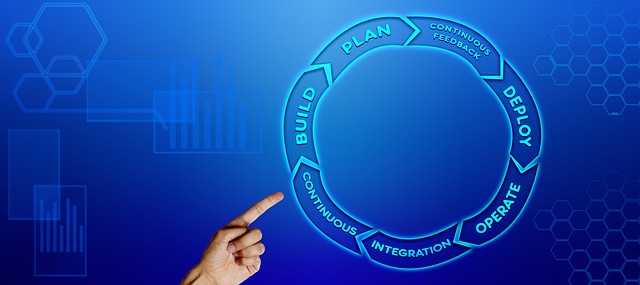
Unlocking the Power of Deep Learning: Top Framework Software for IT Professionals
In the rapidly evolving landscape of informational technology, professionals are constantly seeking tools that can enhance their capabilities and drive innovation. Among the most cutting-edge advancements is the rise of deep learning, a subset of machine learning that mimics the human brain’s neural networks to process large amounts of data and produce intelligent outcomes. As we unlock the potential of deep learning, the choice of framework software becomes vital for IT professionals aiming to implement these sophisticated algorithms effectively.
Deep learning framework software serves as the backbone for developing applications that leverage artificial intelligence. With numerous options available, it is crucial for IT specialists to select the framework that aligns with their project requirements and expertise level. Here, we explore some of the most widely utilized deep learning frameworks that are transforming the way technology professionals work.
TensorFlow is an open-source framework developed by Google. Its flexibility and robust ecosystem make it a top choice for both beginners and experts. Featuring a comprehensive library for building machine learning models, TensorFlow supports deep learning projects across various platforms, such as desktops, servers, and mobile devices. Its ability to scale seamlessly, combined with an active community, ensures that IT professionals have resources readily available for troubleshooting and support.
PyTorch, developed by Facebook’s AI Research lab, has gained immense popularity for its user-friendly interface and dynamic computational graph. This feature allows developers to change their network behavior on-the-fly, making it particularly appealing for research and experimentation. PyTorch has also established a solid reputation within the academia and research communities, where rapid prototyping is essential.
Keras acts as an abstraction layer on top of TensorFlow, allowing for an easy and quick way to implement deep learning models. It provides a simplified API for users, enabling them to concentrate on design and experimentation rather than getting lost in complex coding requirements. This makes Keras an excellent choice for prototyping and developing models efficiently while still being able to harness the power of TensorFlow.
MXNet is another framework that’s carving a niche for itself, particularly in academia and industry. It’s known for its efficiency and portability across various hardware architectures. Interestingly, MXNet is the default deep learning framework for Amazon Web Services (AWS), which positions it as a valuable tool for IT professionals working in cloud environments.
Caffe, created at the Berkeley Vision and Learning Center, is known for its speed and performance in image processing applications. Its architecture allows for the easy incorporation of convolutional neural networks (CNNs), which are essential for computer vision tasks. However, Caffe’s rigid structure can hinder flexibility, making it better suited for specific use cases rather than general-purpose deep learning.
As you delve deeper into the world of deep learning, the choice of framework software will significantly influence your experience and outcomes. Whether you prefer the robustness of TensorFlow, the dynamism of PyTorch, the simplicity of Keras, or the efficiency of MXNet, each of these frameworks offers unique features catering to different project requirements. Embracing these tools can empower IT professionals to create innovative solutions that drive forward both their careers and the broader field of informational technology.
In this age of digital transformation, embracing deep learning framework software is not just an option; it is a necessity for IT professionals who wish to remain at the forefront of technological advancements. New opportunities are arising every day, and with the right tools in hand, you can unlock the full potential of deep learning to address the challenges of tomorrow.


